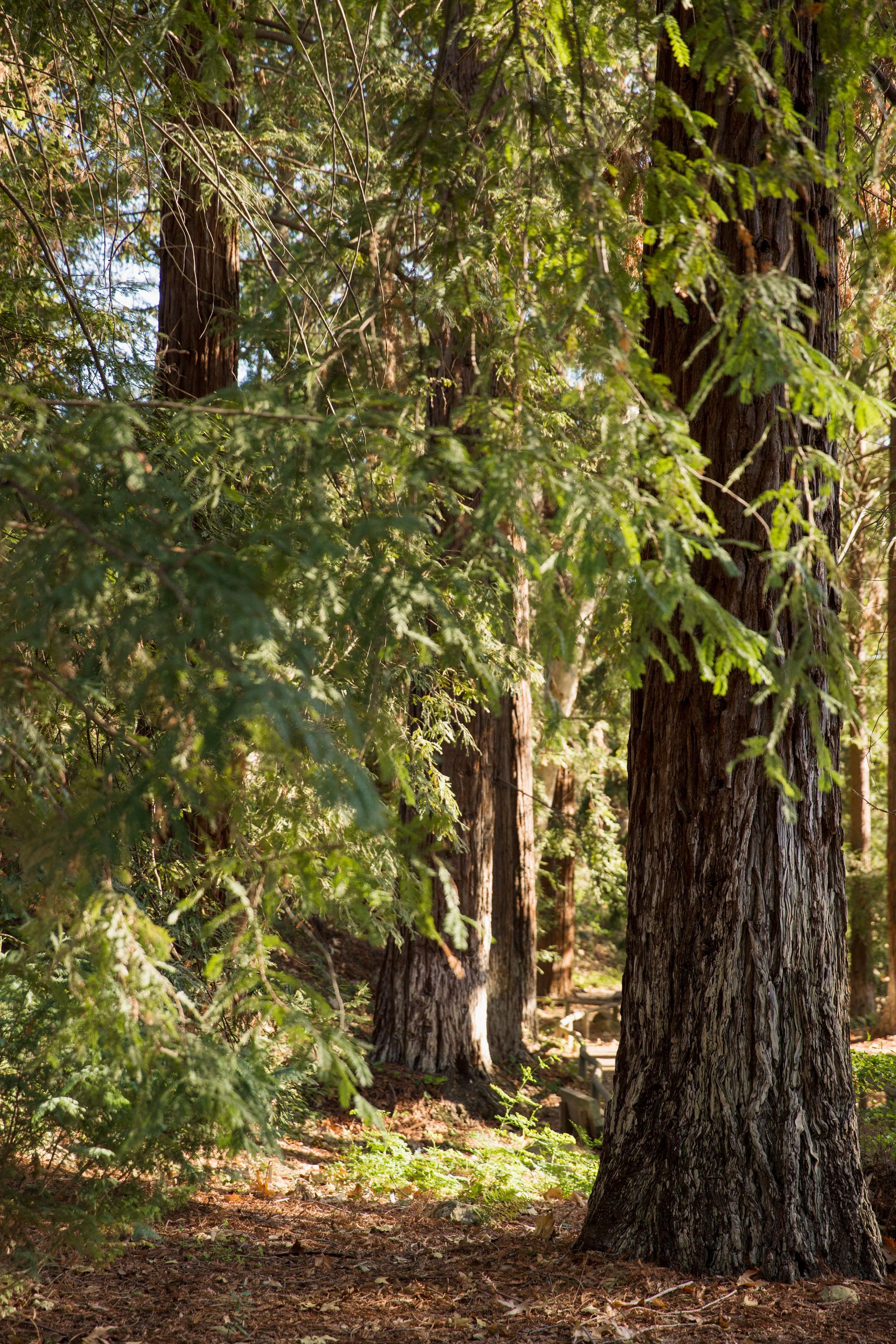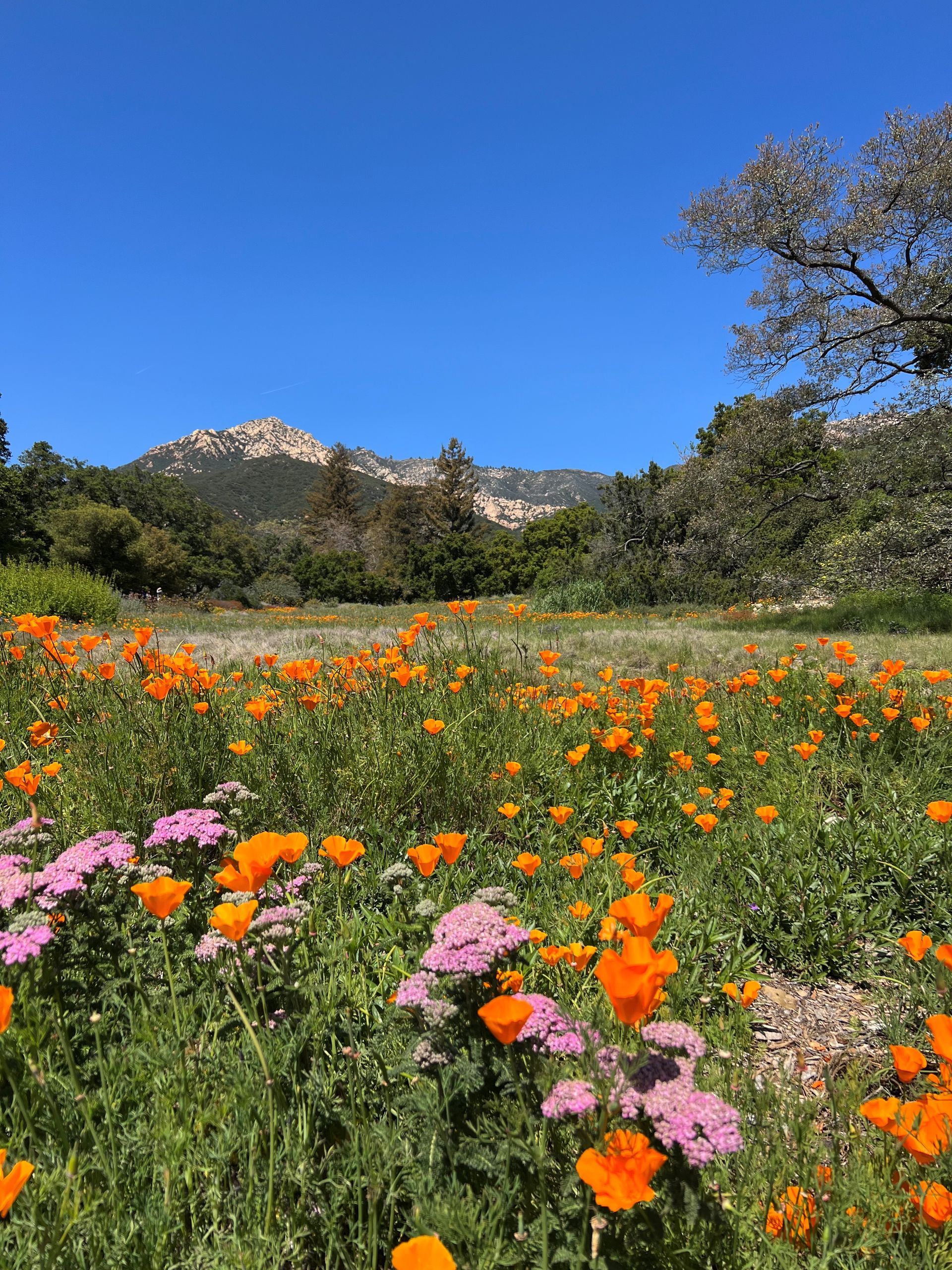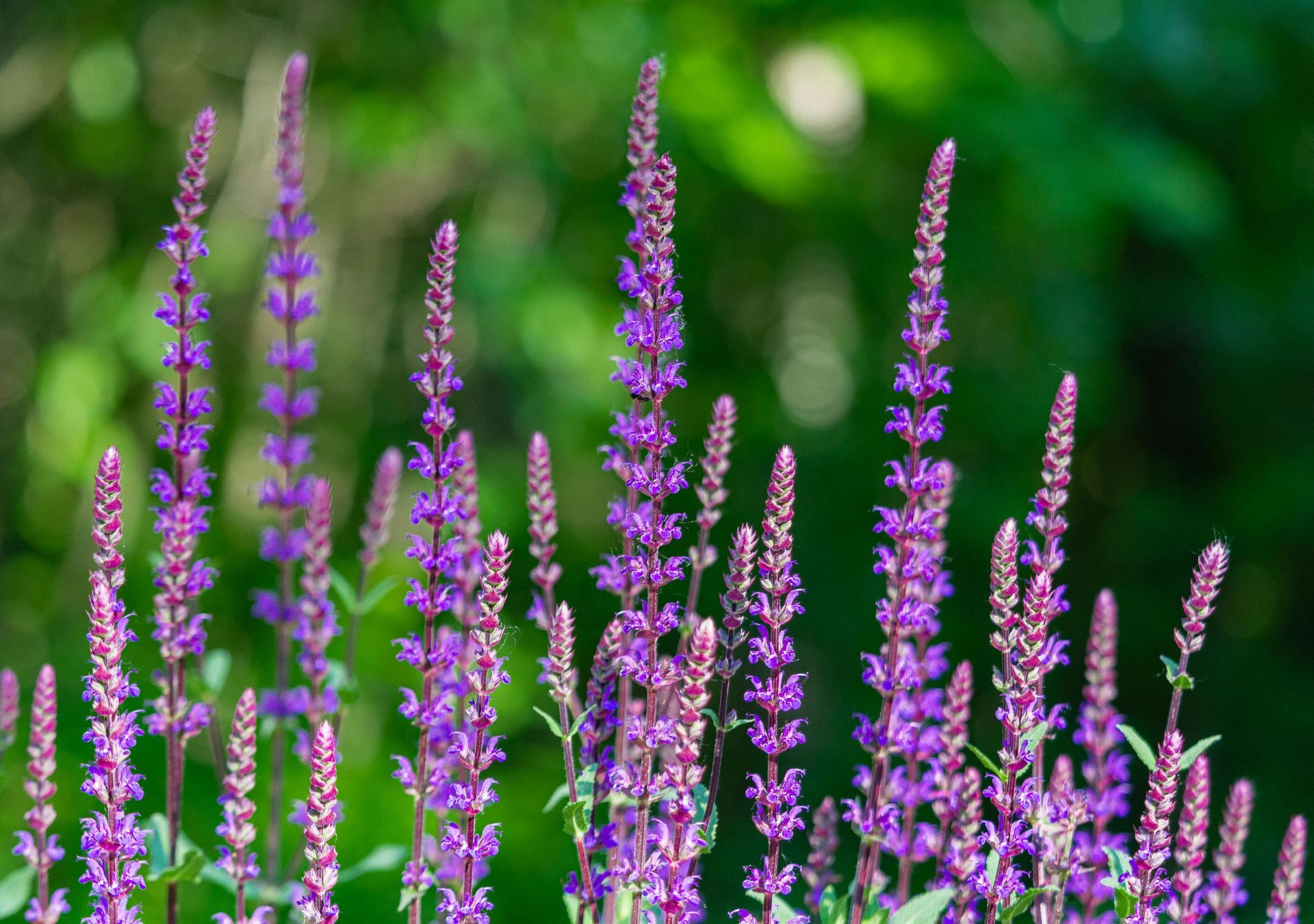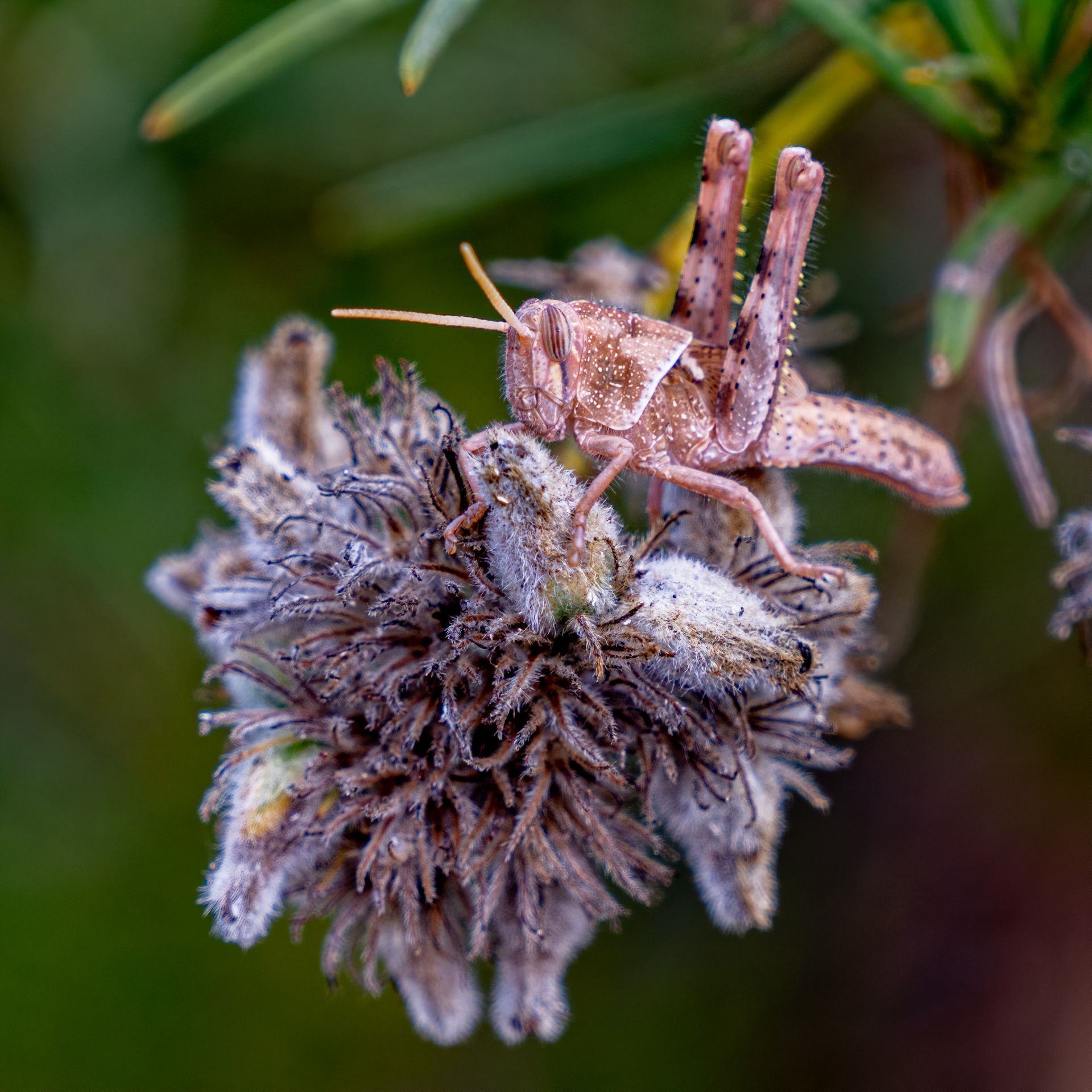Planting native isn’t just about choosing plants that look beautiful—it’s about creating a thriving ecosystem that works in harmony with your local environment. Native plants are species that have evolved in your region over thousands of years, perfectly adapted to the local climate, soil, and wildlife. These plants offer countless benefits for both humans and animals, making them a smart and sustainable choice for any garden.
One of the biggest advantages of native plants is how little maintenance they require. Because they’ve evolved to thrive in your local conditions, they’re more drought-tolerant, disease-resistant, and less dependent on fertilizers and pesticides compared to non-native species. Native plants help conserve water, reduce chemical use, and save you time and money on garden upkeep. Simply put, they’re good for the planet and easier on your wallet.
For wildlife, native plants are a lifeline. They provide food, shelter, and nesting spots for birds, pollinators, and other local species that have evolved alongside them. Bees and butterflies depend on native flowers for nectar, while many birds rely on native trees and shrubs for nesting and berries. Planting native helps restore habitats that have been lost to development and brings essential wildlife back into our neighborhoods.
Native plants also play a crucial role in improving soil health and preventing erosion. Their deep root systems stabilize the soil, filter stormwater, and reduce runoff, which helps protect rivers, streams, and groundwater. These benefits extend beyond your backyard, supporting the broader health of your community’s water and soil systems.
By planting native, you’re helping to combat climate change on a local level. Native plants absorb carbon dioxide and release oxygen, just like any other plant, but their ability to thrive without heavy watering or fertilizers reduces the carbon footprint of your garden. Plus, they create microhabitats that help support biodiversity and make green spaces more resilient in the face of changing weather patterns.
If you’re ready to get started, take a stroll through a local nature preserve or botanical garden to see what grows naturally in your area. Many native plant nurseries can offer great advice on which species will do well in your yard. Look for a mix of grasses, wildflowers, and shrubs to create a diverse and inviting space for both wildlife and people. The more variety you plant, the more life you’ll attract.
Building a native plant garden is a fun, rewarding way to give back to nature while creating a beautiful, low-maintenance outdoor space. Whether you’re planting a small patch of wildflowers or transforming your entire yard, every native plant makes a difference. You’ll find yourself surrounded by colorful blooms, buzzing pollinators, and birdsong—all while knowing you’re helping your local environment thrive.
Benefits of Native Plants – FAQ
- How do I choose native plants for my yard?
Start by researching what grows naturally in your region. Visit local native plant nurseries or consult your state’s native plant society for recommendations. - Will native plants survive without much care?
Yes! Native plants are adapted to your local climate and typically need less water, fertilizer, and pesticides than non-native species. Once established, they’re low-maintenance and resilient. - Can I mix native plants with non-native plants?
Absolutely! While focusing on native species is best for wildlife, mixing them with well-behaved non-natives can create a beautiful and functional garden. Just avoid invasive species. - How do native plants help wildlife?
Native plants provide essential food and shelter for local birds, pollinators, and other wildlife. Many animals rely exclusively on certain native plants for survival, like monarch caterpillars with milkweed. - What should I avoid when creating a native plant garden?
Avoid using chemical pesticides or fertilizers, as they can harm wildlife. Also, steer clear of exotic plants that can spread aggressively and disrupt local ecosystems. - Do native plants only work in large spaces?
Not at all! Native plants can thrive in small gardens, pots, or even window boxes. Every plant matters, especially in urban areas where green space is limited. - How do native plants help with climate change?
Native plants are more efficient at conserving water and require fewer chemical treatments, reducing your garden’s overall carbon footprint. They also create habitats that are more resilient to changing weather patterns.



Why are native plants essential for supporting pollinators and local wildlife?
Native plants provide the foundation for all life on Earth – our food web. They are essential to the health and wellbeing of our pollinators, wildlife – and even you and me.
Native plants form the foundation of life on Earth, supporting the food web that sustains pollinators, wildlife—and even people. Invertebrates such as bees, butterflies and beetles play a critical role as pollinators, seed dispersers and natural pest controllers. If you enjoy a colorful salad or a warm slice of apple pie, you have pollinators to thank. But did you know many of them have specialized relationships with native plants? In fact, some species, like koalas and silkworms only have one source of food. In this case, eucalyptus and mulberry leaves. Without these plants in the right place, they would struggle to find the food and habitat they need to survive – and this true for many beneficial insects, pollinators, birds, and other species. Native plants a best equipped to support the balance of our local ecosystems.
But let’s go a step further …
April showers certainly bring May flowers, but have you also noticed the flurry of life that unfolds in spring? That’s because native plants are synchronized with the life cycles of native pollinators and other wildlife. This intricate timing benefits birds and other animals that rely on invertebrates such as caterpillars, spiders, and snails for food. For example, many songbirds feed their young exclusively on caterpillars. These caterpillars often depend on native plants to fuel their transition – think of the monarch caterpillar and its reliance on milkweed (Asclepias
spp.). When you choose to plant and preserve native vegetation in your backyard and beyond, you’re supporting the rich biodiversity that keeps our ecosystems thriving.
California: As one of the most biodiverse places on the planet, California is home to more 1,600 native bee species. These bees emerge at different times of the year, timed precisely to the blooming, fruiting and dormancy cycles of native plants.
What are some easy-to-grow native plants that people can incorporate into their gardens or landscapes to support wildlife?
In general native plants are uniquely adapted to the local soil, climate, and wildlife of a region, making them more resilient than non-native species. They also provide essential food and shelter for birds, bees, butterflies, and other wildlife while often requiring less water and maintenance.
One of the easiest ways to learn about native plants in your area is to observe what grows naturally in local parks, nature preserves, or even roadsides. To expand your plant knowledge, consider reaching out to your state’s Native Plant Society. Nearly every state has an organization dedicated to promoting native species, and members can help guide you toward the best options for your landscape.
Whether you’re looking for a flowering perennial, a shade tree, or a drought-tolerant shrub, native plants offer beautiful, low-maintenance alternatives that contribute to local biodiversity – a win-win for both gardeners and the planet.
California’s diverse native plants make it easy to create a low-maintenance, wildlife-friendly garden. Shrubs like California buckwheat (Eriogonum fasciculatum) and red-flowered buckwheat (Eriogonum grande rubescens) provide late-season blooms for pollinators and seeds for songbirds. Gooseberries and currants (Ribes spp.), such as evergreen currant and red-flowering currant, offer early-season nectar for hummingbirds and bees while producing berries that attract birds.
For added color and texture, consider globe mallows (Sphaeralcea spp.) and Palmer’s mallow (Abutilon palmeri), which draw butterflies and native bees. Sages (Salvia spp.) not only add fragrant, drought-tolerant beauty to a garden but also provide nectar for hummingbirds and seeds for songbirds. With over 6,500 native species to choose from, California gardeners have endless options for creating thriving landscapes that support local wildlife.


How can homeowners and businesses create a wildlife-friendly landscape while maintaining an aesthetically pleasing design?
Creating a wildlife-friendly landscape doesn’t mean sacrificing aesthetics — it’s about balance. The key is to follow the principle of “right plant, right place.” Start by assessing your site conditions, including sunlight, soil type, and how you use the space. This will help you choose plants that will thrive while enhancing the design. Grouping plants in masses rather than scattering them creates a cohesive, intentional look while also supporting larger populations of pollinators and other wildlife. Layering plants of different heights, such as ground covers, shrubs, and trees, adds visual interest while providing food, shelter, and nesting spaces for birds and beneficial insects.
Patience is important when working with native plants, as they often take a few years to establish. But the long-term rewards are worth it when you can sit back and enjoy a vibrant, low-maintenance landscape filled with color, movement, and life.
To maintain your new design, consider mixing evergreen plants with seasonal bloomers to ensure year-round structure and visual appeal. Thoughtful placement of pathways, seating areas, and focal points can also enhance both functionality and beauty.
In California, creating a beautiful, wildlife-friendly landscape starts with understanding the region’s Mediterranean or “dry summer” climate. California’s native plants have adapted to survive these conditions such as going dormant in the dry, hot summer, dropping leaves and slowing growth. While this may seem counterintuitive for a garden, these plants are very much alive and provide essential benefits — seeds and fruits for birds, shelter for insects, and perches for wildlife. Embrace this natural cycle and maintain a visually appealing design by employing some of our best tips and tricks:
- Interplant or layer summer-dormant species with evergreen natives such as manzanitas (Arctostaphylos spp.) or coffeeberry (Frangula californica) to keep structure and greenery year-round.
- Layer in different heights like ground covers, shrubs, and trees to add depth and seasonal interest while also supporting a diverse range of pollinators and birds.
- Plant in masses such as hummingbird sage (Salvia spathacea) or desert mallow (Abutilon palmeri) to create eye-catching displays that also provide nectar for bees and hummingbirds.
Thoughtful planning, design, and patience result in a landscape that not only thrives with minimal upkeep, but also invites nature in. Over time, you’ll have a space that is both beautiful and beneficial for everyone to enjoy.


